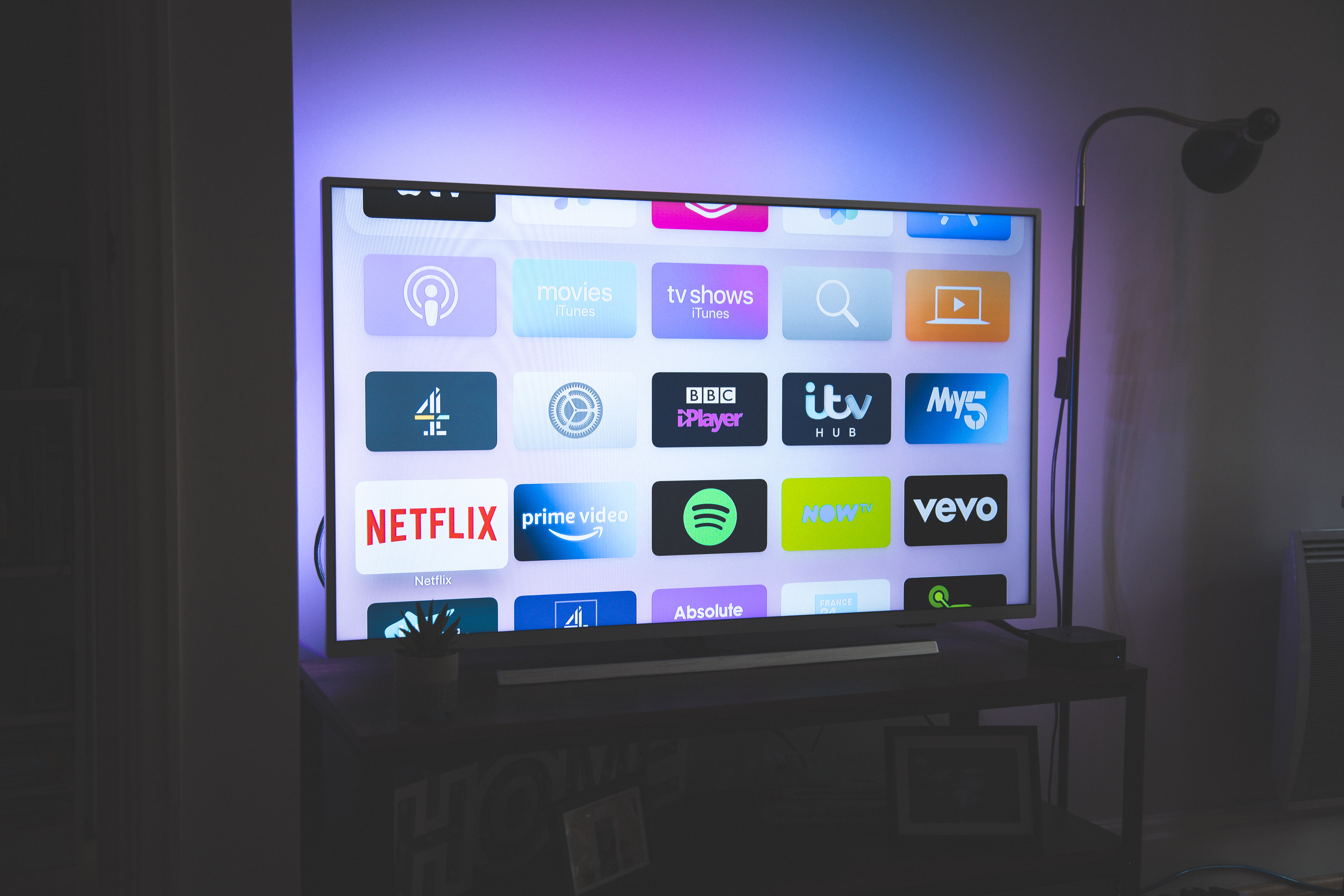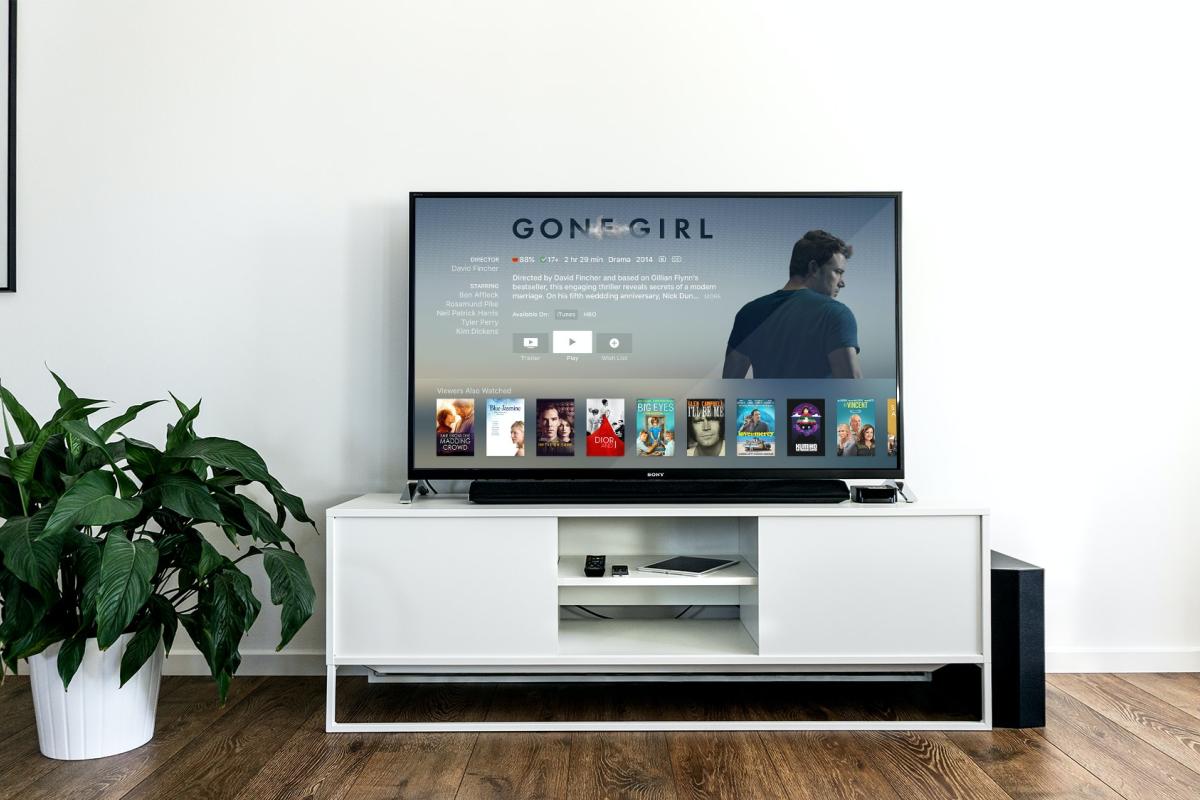If you read the trade press, you will probably think that digital is the only game in town. You will probably think that we all use our tablets or smartphones all the time when we watch TV. It is likely you will think that video viewing on tablets and smartphones is totally interchangeable. And you will probably think that TV is slowly but surely in decline outside the big, live events, such as sport and talent show finals.
Some of these assumptions may be true in some markets – notably in Asia, where the love affair with the mobile device continues in earnest – and even for a few distinct demographic groups in this country, but in the UK overall, TV is the top screen and is likely to remain so.
That isn’t an excuse for marketers not to take action and not start to use the opportunities that new screens provide. Instead, it’s about making the case that legitimate excitement over the new, new thing shouldn’t be allowed to obscure the true state of consumer behaviour.
The blunt truth is that Millward Brown’s AdReaction data for 2014 shows that the UK is one of the world’s most TV-centric markets. While consumers use multiple screens across the day, TV continues to garner most attention.
A typical multi-screen user in the UK consumes just under seven hours of screen media daily, including 148 minutes of TV (411 minutes of total screen time). But while this overall screen consumption is in line with the global average, TV time makes up a significantly larger proportion of viewing than in all the other markets tracked by the AdReaction survey. The global average is 113 minutes, and in Vietnam – the least TV-centric of the 30 countries surveyed – just 69 minutes of TV is consumed each day.
By comparison with other markets, UK consumers are spending less time with screens than China (479 minutes in total) but more than one and a half times the amount of time with TV.
By contrast, our European neighbours spend less time with screens in total and with TV in particular. Italy spends the least time with all screens, at just five hours and 17 minutes (including just 89 minutes of TV) but Germany and France are also significantly lower at just 370 minutes and 326 minutes for total time respectively.
THE UK'S SCREEN HABITS
The UK’s total screen time is driven mainly by a high number of TV minutes. Although smartphone minutes are also very significant at 111 minutes, they trail many Asian and African countries.
Other UK screen time includes 97 minutes on laptops and 55 minutes on tablets based on responses from our global survey of more than 12,000 multi-screen users (consumers with access to both a TV and either a smartphone or a tablet), including 400 16-to-44-year-olds in the UK.
Much of this additional screen time is also at different times of day to TV viewing. Smartphones and laptops dominate daytime screen usage, while TV takes centre-stage in the evenings, when tablet usage (just under an hour in total) also peaks.
Breaking it down by age group, we see the ‘new’ screens having a more dramatic impact across younger age groups, but TV remains dominant. The biggest variations are that TV and laptop viewing skews older, while smartphone and tablet usage skews younger. Females are also more likely to watch TV and use tablets. However, even looking at 16-to-24s, a group that might be expected to conform more closely to the trade press myths of screen consumption, we see only minor differences. Total TV time drops slightly to 136 minutes, laptop time is down slightly at 102 minutes, smartphones are up to 118 minutes and tablet time is up most of all, at 70 minutes.
Under-25s and males spend longer meshing – searching out information or interacting with content that is relevant to what they watch on TV – via smartphones and tablets than other groups (an activity that’s more common during the week).
The key question for marketers is how do they respond to what has become a more complex, multi-screen environment. To do that, they need to understand how usage of all screens is changing and who is using what, when (as well as knowing when screens are used in combination).
Again, the trade press will present an image of a market where everyone is using a smartphone or tablet while they watch TV to comment on what’s happening or access related content. Such dual screening has been critical to the discussion about multi-screen behaviour but actually it is only a small part of the picture.
Within total screen time, 32% is simultaneous usage of TV and a digital device – 7% is simultaneous usage for related content and 25% is stacking (or simultaneous usage for unrelated content). Apart from South Africa, UK consumers spend less time using multiple screens for accessing the same content than any other market.
UNDERSTANDING THE SCREEN JOURNEY
The drivers for meshing behaviour in the UK are variously listed as ‘finding more information about what’s on TV’ (22%), ‘to discuss what I’m watching’ (16%), and ‘to interact with what’s happening on TV’ (14%), but just 11% are meshing because they are following up a TV ad.
By contrast, there are many more reasons for stacking – the use of screens for different purposes – including ‘keeping up with friends on social media’ (42%), ‘filling in time during ad breaks’ (42%), ‘someone else has chosen what’s on TV’ (37%) or ‘the TV is simply on for background noise’ (30%). Much of this information is very similar to the global averages but stacking triggered by someone else’s power over the remote control is significantly higher in the UK (37-25%).
The data is telling us that while dual screen represents one avenue that brands can successfully target, the biggest multi-screen marketing opportunity is therefore shifting – the use of different screens at different times (sometimes for the same task, but not always).
This represents 68% of total screen time and provides more than 3.5 hours a day of prime targeting time that many brands are failing to optimise.
Clearly a complex hierarchy is developing, and getting this opportunity right requires brands to understand how each screen fits into their particular consumer journey and what role they play.
Again, the power of TV is highlighted as the most common starting point for these consumer journeys for more information. Half of consumers say they will start a search for information based on something they have seen on TV, compared to under a third on a smartphone and a fifth on a laptop or tablet. Smartphones are the most common device used to continue the journey.
It’s true that marketing receptivity is higher for TV ads than it is for ads on digital screens. However, brands cannot simply rely on TV when consumers have adopted an eco-system of devices. In this new world, consumers expect brands to be present on multiple devices and are impressed by those advertisers that develop entertaining and useful ways of delivering their messages across screens.
Consumers are very familiar with the idea of TV ads featuring a URL or Facebook page, while receptivity is strongest to TV event play-alongs, micro-video and interactive TV ads. Essentially, consumers prefer entertainment to additional information.
No single model to take ad vantage of the multi-screen opportunity has emerged, meaning marketers will have to experiment with multiple ways of connecting across screens.
FOLLOWING THE MONEY
GroupM figures for 2013 show that there is still a significant gap between time spent on mobile devices and mobile media investment levels in the UK. Currently the subject of heated debate within the industry is whether – and at what rate – media spend will shift in the direction of the eyeballs. There are massive opportunities for most advertisers to extend their campaign messaging across devices, achieving additional frequency or, in some cases, incremental reach, at a lower price point than continued, heavy TV investment. Many will shift their current media mix and increase mobile spend to better reflect audience behaviour.
Taking this route enables brands to reach target consumers at different times of day. Since screen usage varies a lot by time of day, brands need to understand consumer mindset by time of day and overlay this against key messaging and media planning targets.
Millward Brown has consistently found that many consumers are resistant to some ad formats on mobile. Brands that are increasing their mobile investment as part of a multiscreen strategy need to be nimble to build an effective presence. Micro-video is mobilefriendly and highly viral. It is the format that consumers say they are most willing to accept from brands in our research.
In working with such new formats, brands need to be deliberate about their approach. You can’t do this half-heartedly. All screens can be used to drive brand-building messages, but investing in a presence on smartphones does imply that you are setting trends and want to be different from other brands. Let these starting assumptions work to your advantage, but that will only happen if you embrace the opportunity fully.
Many marketers will be excited that multi-screen behaviours give them the chance to trigger interactions between screens, but there is no proven silver bullet in this area. TV ads linking to digital resources are a familiar tactic and platforms such as Shazam can help, but they don’t deliver standout.
Equally, second screen ‘play-alongs’ can be highly popular – the best example was probably Coke in the US at last year’s Super Bowl – but not all brands have the resource or scale to achieve this.
The best example of such activity in the UK is Domino’s sponsorship of the X-Factor app. Consumers were able to play branded mobile games that offered deals and personalised promotional codes based on the success of their game-play. To join together the screen experience, messages from the pizza chain were synchronised with its TV ad spots.
Brands such as BT, IKEA and the film Ironman have endeavoured to take advantage of the wider shifting of consumers across screens. BT mixed TV with online advertising, while IKEA used a blend of traditional TV ads (featuring a perennial digital favourite – cats) with related content in the form of YouTube videos showing how it was made. Ironman created a tablet game to act as a teaser for the movie release, backing up its prime-time TV campaign.
The key to taking advantage of multiscreen behaviour, however, is consistency. The biggest opportunity is not simultaneous connections between screens, but a consistent presence across screens.
If you want to maximise the value of the 68% of screen time when a consumer is paying full attention to a single screen, then you need to make sure that whenever and wherever someone chooses to engage with your brand, your message is both present and prominent.
Brands can do this efficiently and effectively, but only if they recognise the continued prominence of TV in the multi-screen world and make their plans accordingly.
Martin Ash is research director at Millward Brown. This article was taken from the June 2014 issue of Market Leader.
Browse the archive here.
